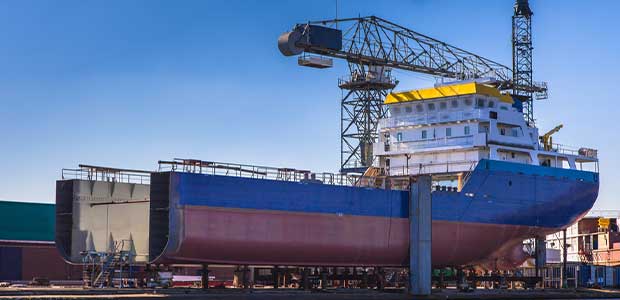
Alliance is Formed to Keep Shipbuilders Safe from Dangerous, Hazardous Work Environments
OSHA is prioritizing a Mid-Atlantic shipyard industry to prevent a healthful workplace.
- By Shereen Hashem
- Aug 04, 2021
OSHA and the Shipbuilders Council of America as well as its associate members signed a two-year alliance to protect shipbuilding workers in the Mid-Atlantic region from workplace safety and health hazards. According to a press release, the alliance will:
- Provide information on occupational safety and health laws and standards, including the rights and responsibilities of workers and employers under the OSH Act.
- Develop information on the recognition and prevention of workplace hazards and share with shipyard industry employers and workers.
- Promote and encourage the use of OSHA’s On-Site Consultation Program and the PA OSHA Consultation Program at Indiana University of Pennsylvania.
“Our alliance with the Shipbuilders Council of America allows a collaborative sharing of safety and health information with workers in the shipbuilding industry, particularly those most vulnerable to workplace hazards,” said OSHA Regional Administrator Michael Rivera in Philadelphia.
The Shipbuilders Council of America is a national trade association that represents the U.S. shipyard industry. Based in Washington, D.C., the Council’s members include shipbuilders, ship repairers and the associated supplier base. OSHA’s Alliance Program works with groups committed to worker safety to prevent worker fatalities, injuries and illnesses. OSHA states the groups consist of unions, consulates, trade or professional organizations, business, faith-and community-based organizations as well as educational institutions. OSHA teams up with these groups to work together to develop compliance assistance tools and resources, share information and educate workers about their rights and responsibilities.
Shipbuilding along with ship repair include “constructing, assembling, installing, cleaning, painting, outfitting and testing.” Some of these hazards include toxic substance exposure, “hazardous atmospheres, electrocution, falls, fires and explosions.” Learn more about shipbuilding here.
About the Author
Shereen Hashem is the Associate Content Editor for Occupational Health & Safety magazine.